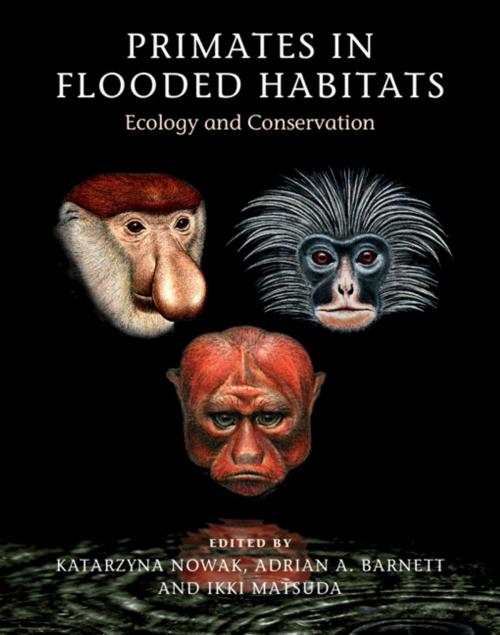Primates in Flooded Habitats
Ecology and Conservation
Nonfiction, Social & Cultural Studies, Social Science, Anthropology, Science & Nature, Nature, Science| Author: | ISBN: | 9781108577649 | |
| Publisher: | Cambridge University Press | Publication: | January 3, 2019 |
| Imprint: | Cambridge University Press | Language: | English |
| Author: | |
| ISBN: | 9781108577649 |
| Publisher: | Cambridge University Press |
| Publication: | January 3, 2019 |
| Imprint: | Cambridge University Press |
| Language: | English |
Nearly half the world's primate species use flooded habitats at one time or another, from swamp-going Congo gorillas and mangrove-eating proboscis monkeys, to uacaris in Amazonian riverside forests. This first-ever volume on the subject brings together experts from around the world in a ground breaking volume spanning fossil history, current biology and future research and conservation priorities. Flooded habitats are a vital part of tropical biology, both for the diversity of the species they house, and the complexity of their ecological interactions, but are often completely overlooked. This book will set the stage for a new wave of research on primates in these extraordinarily productive and highly threatened areas, and is ideal for researchers and graduate students in primatology, zoology, ecology, and conservation.
Nearly half the world's primate species use flooded habitats at one time or another, from swamp-going Congo gorillas and mangrove-eating proboscis monkeys, to uacaris in Amazonian riverside forests. This first-ever volume on the subject brings together experts from around the world in a ground breaking volume spanning fossil history, current biology and future research and conservation priorities. Flooded habitats are a vital part of tropical biology, both for the diversity of the species they house, and the complexity of their ecological interactions, but are often completely overlooked. This book will set the stage for a new wave of research on primates in these extraordinarily productive and highly threatened areas, and is ideal for researchers and graduate students in primatology, zoology, ecology, and conservation.















